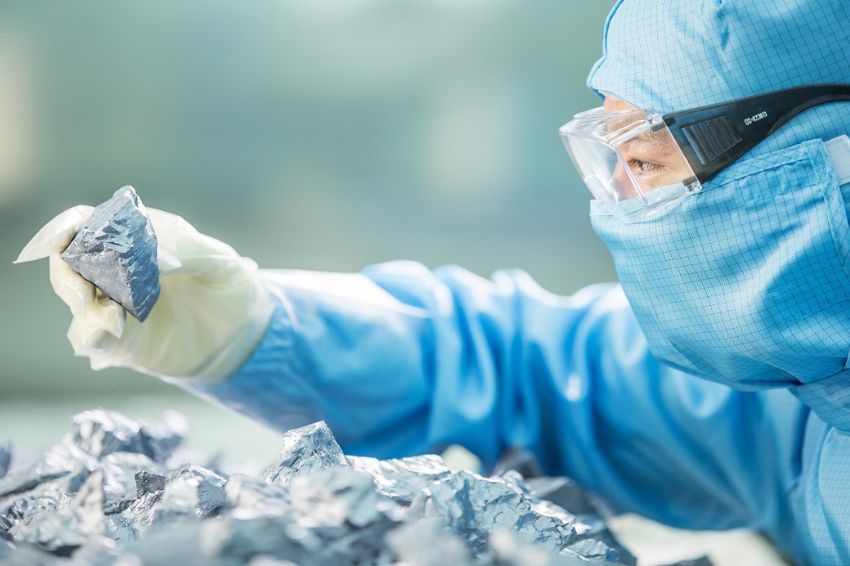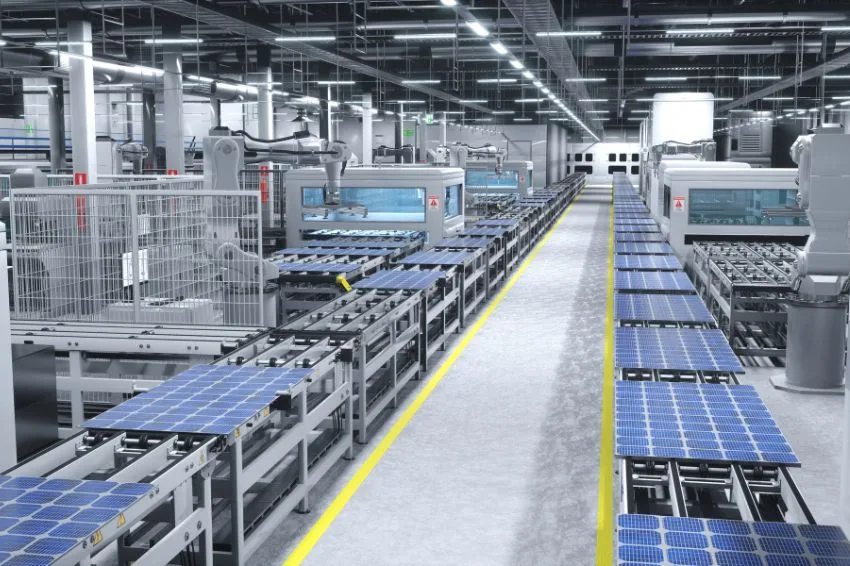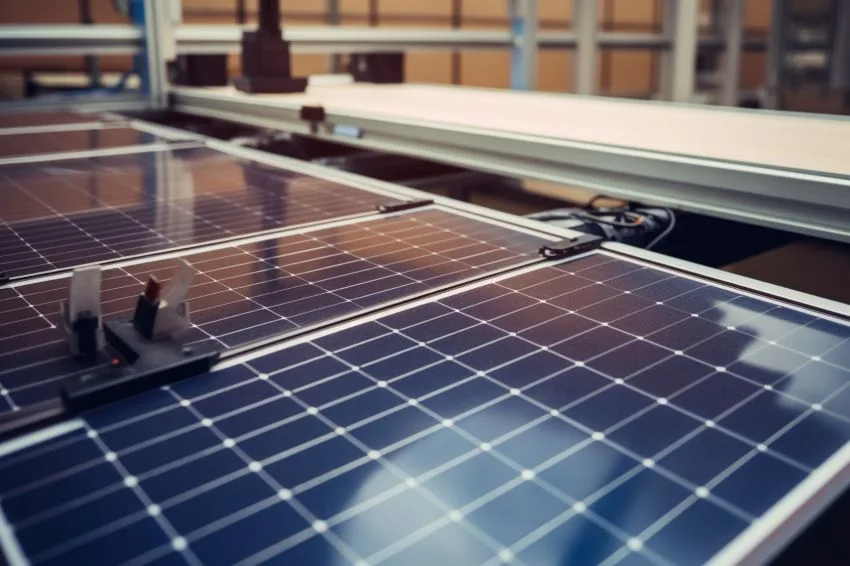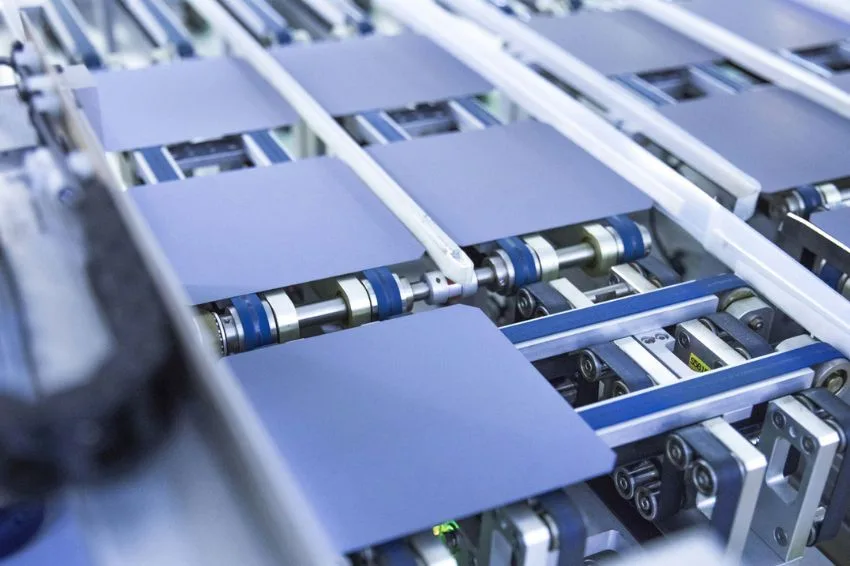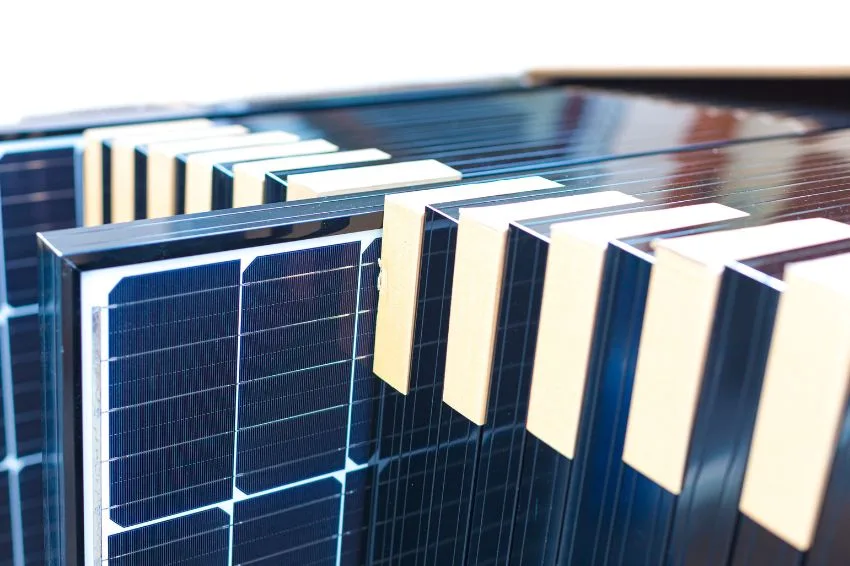In a new weekly update for the Solar Channel, The InfoLink Consulting provided a summary of the main trends in prices in the global photovoltaic industry.
Polysilicon
The polysilicon sector has experienced an improvement in price negotiations and order entry. However, the sectors downstream They still face cost and margin pressures, which leads them to seek lower prices from polysilicon manufacturers.
According to the report, as supply steadily increases, polysilicon inventory will continue to accumulate during the second half of the fourth quarter.
A more specific analysis reveals that Tier 1 manufacturers' prices have gradually decreased from RMB 70-73/kg last week to RMB 65-70/kg this week, indicating a decline in average market prices.
Although the increase in the utilization rate of the ingot segment has boosted demand, the wafer sector is facing price drops and the risk of increased inventory levels.
Overall, InfoLink Consulting stated that the supply-demand outlook for the sectors upstream at the end of the year they remain pessimistic.
Wafer
Despite inventory clearance in November, wafer supply and demand reached a temporary balance. Currently, manufacturers have increased production plans again.
According to the company, if production cuts are lower than expected in December, another wave of risk of increased inventories will emerge at the end of the year. “At this point, manufacturers find themselves in a dilemma between adjusting usage rates and reducing prices.”
This week, the average wafer trading prices decreased again, reaching RMB 2.3/piece and RMB 3.3/piece for P-type M10 and G12 wafers and RMB 2.4/piece and RMB 3.4/piece for N-type M10 and G12 wafers, respectively. More declines are likely next week.
Cell
Cell prices have changed little this week. The costs of P-type M10 cells remain stable at RMB 0.45/W. For G12 cells, prices continued to rise under a mismatch between supply and demand, reaching RMB 0.58/W and approaching the new quote of RMB 0.6/W, with the price difference reaching RMB 0.13 /W, highlighting the disparity in costs for cells of different formats.
For type N, M10 TOPCon cell costs dropped to RMB 0.5/W this week. G12 HJT cells, mainly for domestic use and less for foreign sales, were priced at RMB 0.7/W for high-efficiency ones. The price difference between N and P type cells reached RMB 0.05/W.
Although cell costs show minimal fluctuations, inventory levels are increasing. Manufacturers will likely cut production next month. Recently, G12 products are facing serious mismatches between supply and demand as inventories increase.
This leads manufacturers to consider modifying existing production lines to increase profitability. However, InfoLink Consulting said manufacturers are hesitant to make the switch due to concerns that aggressive changes could affect profit margins and purchasing equipment would result in additional costs.
“With polysilicon and wafer prices falling towards the end of the year, cell costs are likely to decline in the near term. Module production plans at the end of the year will have a significant impact on the dynamics of cell supply and demand”, they highlighted.
Module
According to the report, module prices are “mixed” this week due to increased sales volumes as manufacturers clear inventories and the end of the year approaches.
For DG (distributed generation) projects, prices dropped quickly, averaging RMB 0.98-1.03/W for 182mm PERC panels. For 210mm, prices are supported at RMB 1.03-1.08/W by cell prices.
Subject to production costs, small and medium manufacturers are selling at RMB 0.01-0.03/W higher prices than Tier-1 manufacturers. The difference is likely to increase.
Module manufacturers sold 182mm PERC models for RMB 0.93-0.94/W. These costs are for non-standard shipments and are therefore not considered in the spot price database.
“The market became cautious due to inventory liquidation sales. Furthermore, demand will weaken in December as the month marks the completion of project construction. Conventional prices reached less than 1 RMB/W in December,” they pointed out.
As demand shifts from PERC products, prices of N-type TOPCon modules have reached RMB 1-1.2/W, reaching RMB 0.98/W in spot markets, with some manufacturers offering price quotations for sales at RMB 0.93/W.
For modules with HJT technology, prices have changed little, standing at RMB 1.28-1.38/W in China. Future price drops are likely given declines across the supply chain.
In November, Chinese exporters shipped products at US$ 0.12-0.135/W (FOB) to the overseas market. The price range could reach US$ 0.12/W in December. In Asia Pacific, module manufacturers will ship between US$ 0.12 and 0.13/W. In India, local panel prices will average US$ 0.2-0.24/W. In Europe, spot prices start to stabilize at €0.11-0.135/W.


